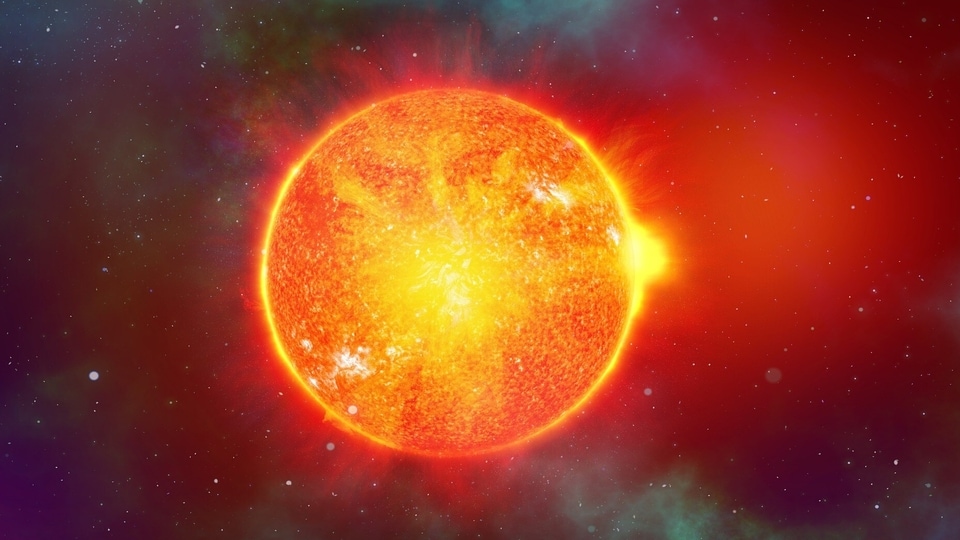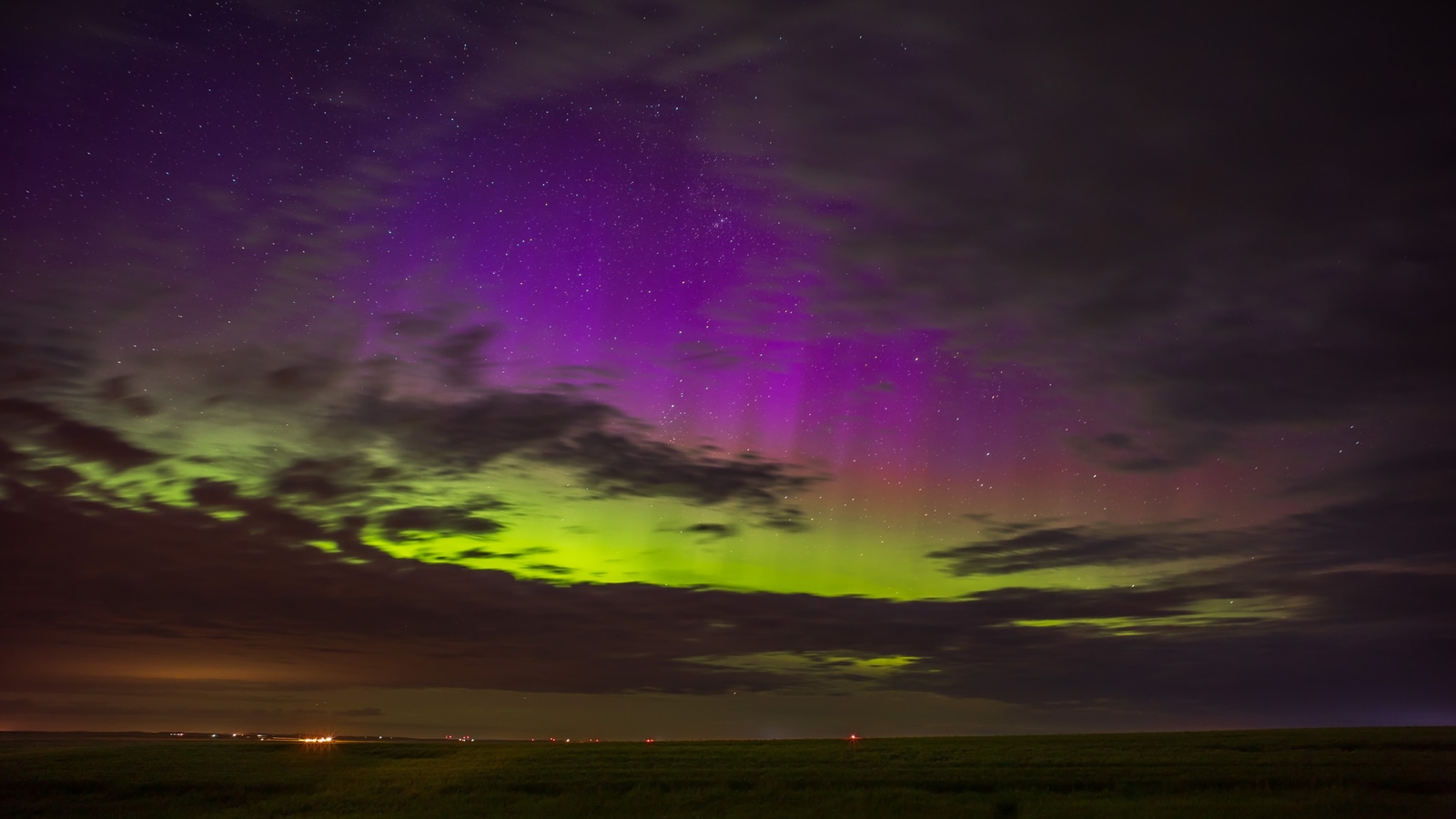Geomagnetic storm just hit Earth and it has had a dazzling impact
A geomagnetic storm just hit the Earth resulting in some dazzling auroras at the poles. Know what space experts said.
_1639373804152_1659933055983_1659933055983.jpg)
_1650614444757_1650614518141.png)




 View all Images
View all ImagesJust a week ago, space experts had warned that a major, potentially disruptive sunspot is facing the Earth and that it had generated a strong solar wind that was then rushing towards Earth and that it would impact sometime around August 7. According to a Spaceweather.com report, in the early stage, the solar stream's velocity was low, but during the day it sped up to more than 600 Kilometres per second. This event was not in the forecast. Space experts had warned that a massive solar spot had been detected on the surface of the Sun.
This ultimately resulted in sparking a moderately strong G2-class geomagnetic storm on the Earth. A geomagnetic storm is a major disturbance of Earth's magnetosphere that occurs when there is a very efficient exchange of energy from the solar wind into the space environment surrounding Earth. Geomagnetic storms are rated on a scale of 1-5, with 1 being the weakest and 5 being the most powerful.
This G2-class geomagnetic storm did not cause any damage to infrastructure, it did result in dazzling colourful auroras, which are the result of electrically charged particles from the sun hitting the Earth's atmosphere. The same has been confirmed by the Space Weather Physicist Dr. Tamitha Skov, who shared several images of the auroras. She writes on Twitter, "We've jumped to G2-levels, mainly due to north-south-north flipping of the solar wind magnetic field. This is #substorm heaven. Expect pulsating #aurora, #STEVE/SARs & sporadic shows, especially at high latitudes. Field reporters watch for +/-500 in the AE index for cues!”
However, the Space Weather report assured that the storm is subsiding now. But there is a possibility that it could flare up again today, that is August 8, as the solar wind continues to blow. Also, the report confirmed that all of these active sunspots that had unleashed string solar winds have stable magnetic fields now and that they pose little immediate threat.
Catch all the Latest Tech News, Mobile News, Laptop News, Gaming news, Wearables News , How To News, also keep up with us on Whatsapp channel,Twitter, Facebook, Google News, and Instagram. For our latest videos, subscribe to our YouTube channel.




























